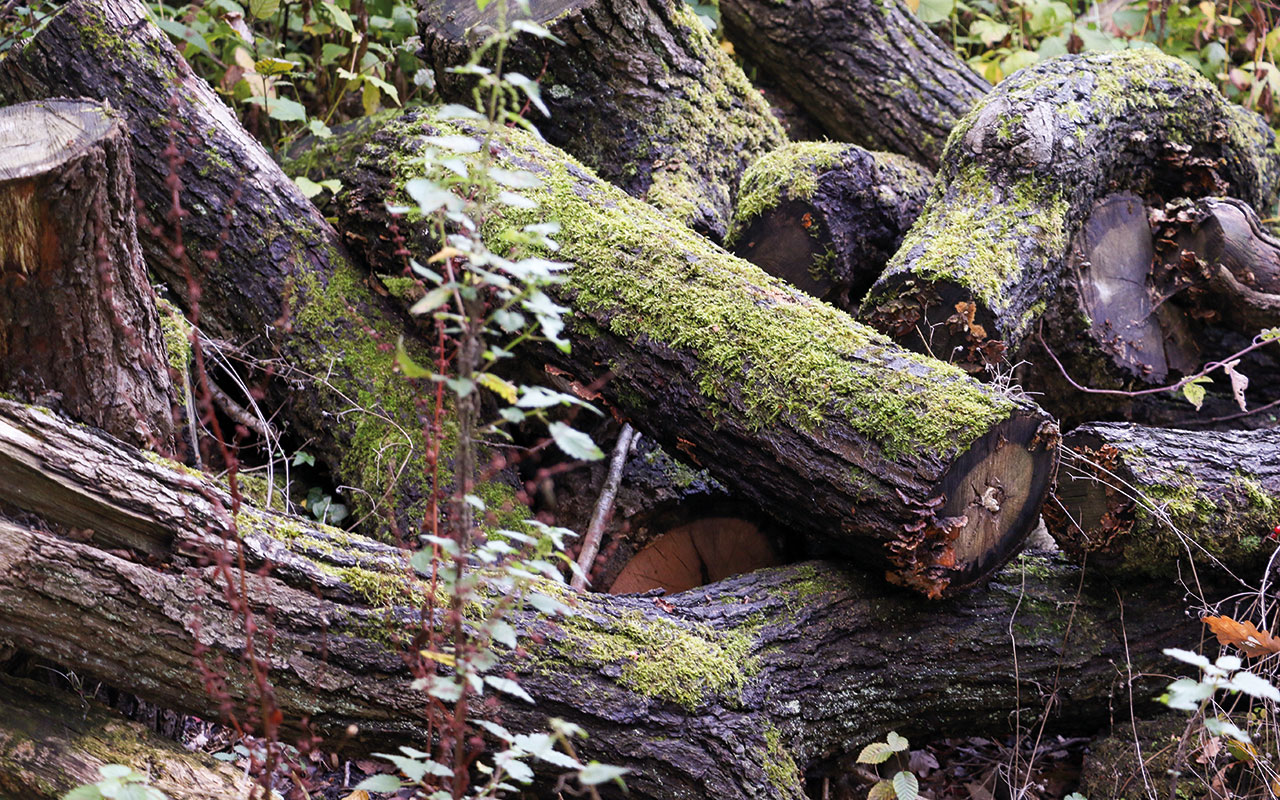Where woodland might have once been viewed as a liability, now it is increasingly seen as a potential asset. Carbon and biodiversity net gain (BNG) markets are still to mature, and hectare for hectare, arable land is currently worth significantly more than woodland, but parity may well be realised at some point in the future.
There is money to be made from woodland, suggests Oakbank Game and Conservation woodland division manager Ross Guyton, if the necessary arrangements and permissions are in place.
Funding options
The recently enhanced Countryside Stewardship Woodland Improvement Grant has some very lucrative options.
The CWD2 option is worth £127/ha, deer management option WS1 pays £105/ha and squirrel management option WS3 pays £60/ha. Management and restoration of plantations on ancient woodland sites (CWS2) is worth more than double that at £275/ha.
Scheme duration has been doubled to 10 years, and landowners will be invited to apply once they have developed a woodland management plan. A capital grant is also available to part-fund the plan. Despite the pressure on the public finances, the government is keen to see woodlands being actively managed.
Even smaller areas of less than 1ha can bring in an income. It might be small beer compared to a first wheat, but neglected woodland is a lost opportunity.
Ross says agroforestry isn’t new – it has just evolved as support schemes have been rolled out and farming systems adapted. For those considering their options, he cautions that considerable thought needs to be given, with ‘rounded decisions’ made on the short- and long-term effects to any farm business.
He points out that with the promise of rich pickings around carbon markets and BNG, growers might overlook some of the finer details. “We don’t fully know how these schemes will play out. The truth is that we are in the infancy of how we quantify and monetise these schemes. Growers don’t want to be getting into agroforestry for the sake of it. They need to think beyond schemes to look at how it suits their farming system.”

Homes equipped with wood burners rose from 9.4% in 2022 to 10.3% in 2024 © Adobe Stock
Timber markets still growing
Growers have the opportunity to tap into various timber and non-timber markets. Despite the increase in bioproducts, the use of timber remains high in the construction sector, as does the installation of wood-burning stoves.
Research by University College London revealed that analysis of energy performance certificates shows the percentage of homes equipped with wood burners has risen from 9.4% in 2022 to 10.3% in 2024. Some areas have seen significant increases, including urban locations such as Hastings and Worthing.
Non-timber markets include recreation, such as dog exercise areas, and events, including weddings or services like natural burial.
But it is all about having the right assets in place to secure the opportunity, which is why Ross says forestry initiatives aren’t for all. He accepts that some farmers are generating significant incomes from working with utility providers in flood and pollution prevention, but they need to be in the right locations and be able to put the right assets in place. Validation will be important in a scrutinised world.
He also warns that expert advice is needed. “Those considering timber need to make sure they select the right species and the correct establishment methods. English oak likes to grow out, so high planting density is needed to make trees grow tall and straight.”
The feasibility for any initiative or scheme has to factor in cost and the wider farm benefit. Complying with the Woodland Carbon Code could cost upwards of £25,000 over a 75-year project.
A typical native woodland will sequester about 350t of carbon in this period, but the scheme currently only applies to newly created woodland. With carbon credits being voluntary, their current value is about £20/t of carbon dioxide equivalent. Compulsory carbon accounting will possibly follow, but growers might have to wait some time before the value is truly realised.
As part of the Forestry Commission Woodland Creation Grant, the English Woodland Creation Offer provides funding for improvements to soil health, and a block of trees clearly reduces the use of chemicals and synthetic fertilisers. But regenerative farming practices present other ways of achieving this and maintain the area for valuable crops.

Shelter breaks can provide some protection for crops against the effects of climate change © Adobe Stock
Woodland as part of system
What makes such schemes more appealing is being able to couple them to crop production gains. Livestock farmers have used trees for shelter, but the question is whether arable farmers should consider this too. “The climate models predict warmer summers, so it is something to think about,” Ross says.
He just happened to be out on a Cambridgeshire farm when the county set a new temperature record of 38.7C at Cambridge Botanic Garden on 25 July 2018. The crops in the lee of a sycamore plantation were still green, while the rest of the field was almost dead.
Trees can also be used to attract beneficials. Ross says a good example of this in practice is Stephen Briggs’ Whitehall Farm in Cambridgeshire. To help his grade 1 soils from blowing away, in 2008 Stephen implemented a Silvio stable agroforestry system by creating windbreaks using apple trees in 3m rows, with pollen and nectar strips underneath. At 27m apart, it creates 24m alleys between the rows, where he has also adopted a 6m controlled traffic farming system.
The fruit is then sold as fresh produce or quality fruit juice through the farm shop. “It is achieving multiple aims; supporting cereals production, improving resilience and providing an additional income stream to offset risk,” Stephen says.
He adds that the system has made the farm bigger by mutualising more space above and below ground, creating a multifunctional 3D farming system.
Ross sees what Stephen has achieved as ‘joined-up’ thinking, with the planting of trees providing benefits now, and the potential to do more in the future.
Report shows poor state of
UK woodland
The Woodland Trust’s State of the UK’s Woods and Trees 2025 report highlights the poor condition many woodlands are in, and its effect on UK wildlife.
It rates only 7% of Britain’s native woodland in good condition, with only one in 50 native woodlands having more than one veteran tree per 200,000sq m (about the size of 28 football pitches).

© Adobe Stock
Habitat provision
These older, well-established trees are especially valuable to wildlife thanks to their damage and decay features, which provide food and habitat.
Since 1990, woodland butterfly populations have declined by 47% and woodland bird populations have also fallen, although some species, like the blackcap and great spotted woodpecker, have increased significantly. Plant species have recovered slightly, but species richness is still much lower than in 1971.
With more focus being placed on woodlands nowadays, and the realisation that an income can be achieved through actively managing their improvement and resilience, more are being brought back into active management, so the stark statistics on butterfly and bird populations should be improving before too long.
Woodland creation targets are also falling short. It does vary from region to region, but current woodland creation is only 20% of the target.




